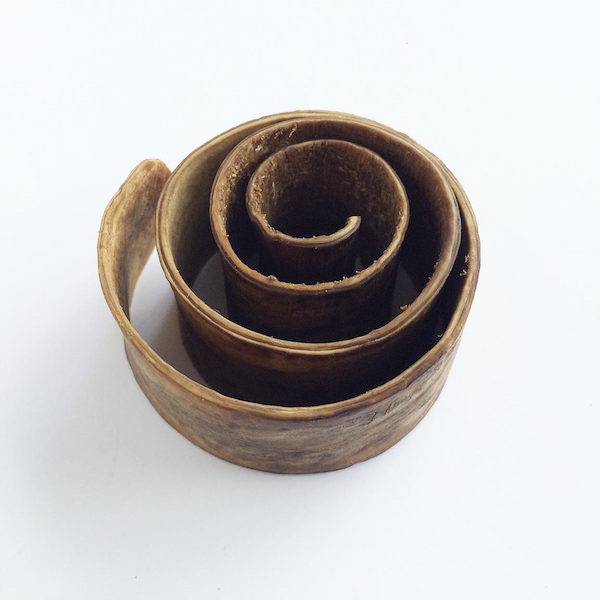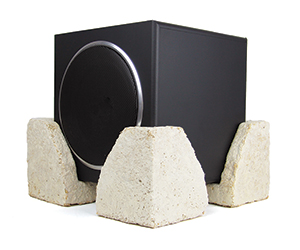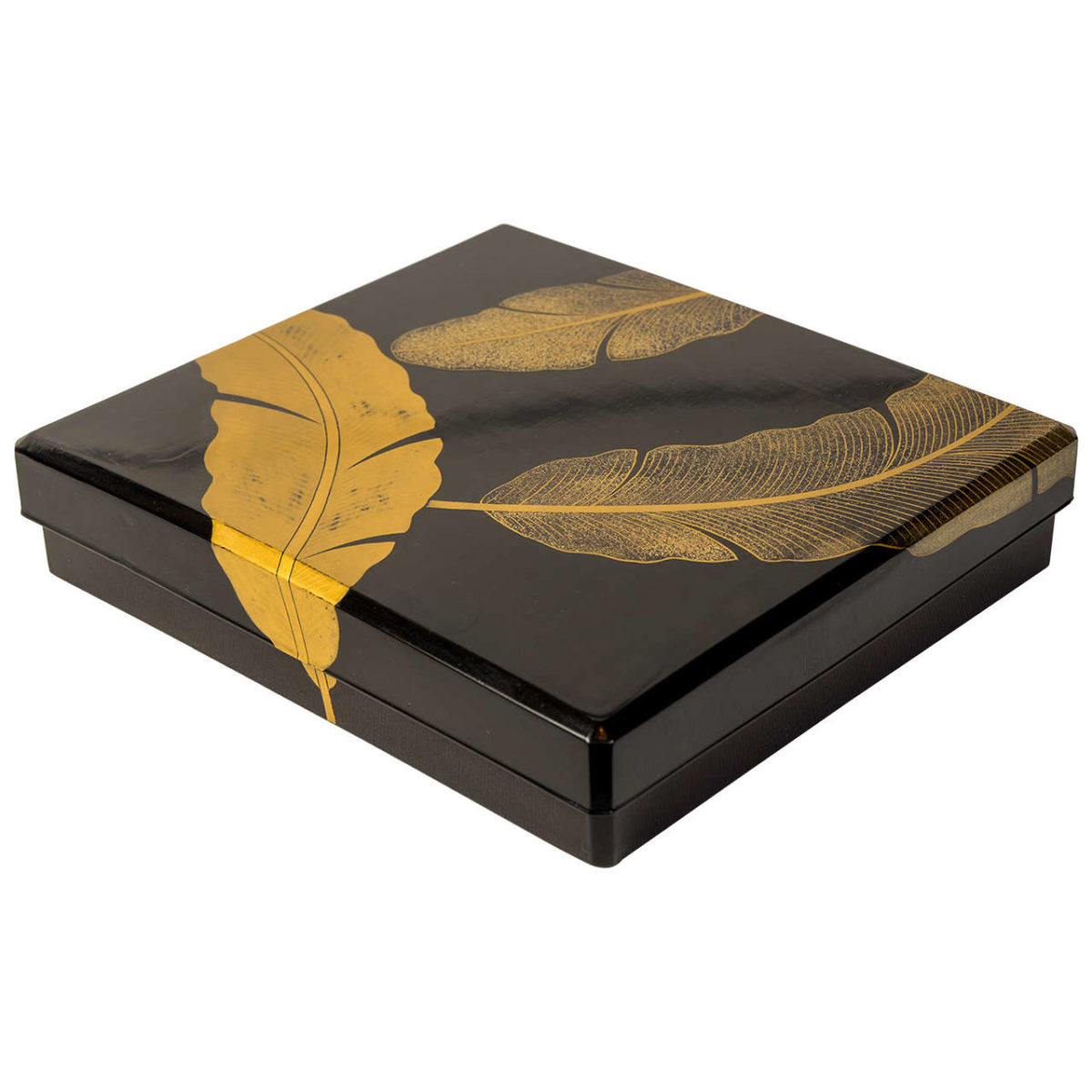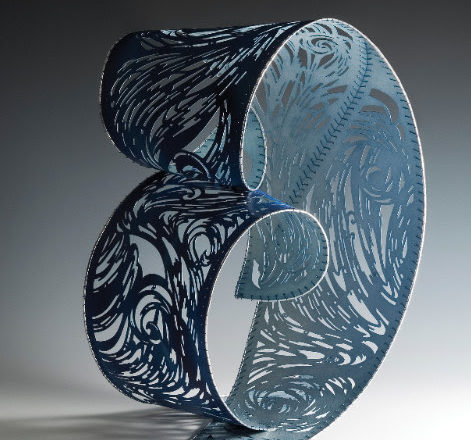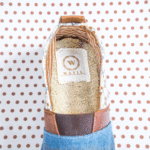Sourced from dried tree resin, Chinese Lacquer durable and glossy finish.
Toxicodendron vernicifluum (commonly known as Chinese lacquer tree, Japanese lacquer tree, Japanese sumac, or varnish tree) is tapped for its sap which is used as a durable lacquer and sometimes an adhesive.
The trees grow up to 20 m tall and are native to China and the Indian subcontinent, and cultivated in regions of China, Korea and Japan.
The sap contains the toxic, allergenic compound urushiol (from the Japanese name for the tree Urushi, which is also used in English as a collective term for all kinds of Asian lacquerware, as opposed to European “lacquer” or Japanning made from other materials. Urushiol is the oil found in poison ivy that causes a rash.
Natural lacquers have been used for centuries to produce beautiful, durable finishes to materials, typically woodwork.
There are many different processes for creating lacquer, each unique to their region and source. For instance, China perfected a technique using dried resin from the Toxicodendron vernicifluum (also known as Chinese lacquer) whilst in India an insect lac is used. Lacquer trees in South East Asia such as Thailand, Vietnam, Burma are different to the Chinese lacquer tree and produce a softer lacquer.
Uses
- Decorative and protective finish on furniture, accessories (e.g. leather bags) and other decorative items
- Shellac,
Potential Uses
None as yet identified. Your ideas welcome!
Processes
tapped from the trunk of the Chinese lacquer tree to produce lacquer. This is done , and then collecting the greyish yellow sap that exudes. The sap is then filtered, heat-treated, or coloured before applying onto a base material that is to be lacquered. Curing the applied sap requires “drying” it in a warm, humid chamber or closet for 12 to 24 hours where the urushiol polymerizes to form a clear, hard, and waterproof surface. In its liquid state, urushiol can cause extreme rashes, even from vapours. Once hardened, reactions are possible but less common.
- ‘Tap’ the yellowish sap from trunk by cutting 5 to 10 horizontal lines on the trunk of a 10 plus-year-old tree.
- Filter for impurities
- Treat with low heat to render it hypoallergenic [details of process such as temperature /time unknown – please comment below if you do]
- Apply colouring as required: traditional in China and Japan is mixing in powdered iron (black pigment) or powdered rust or cinnabar (red pigment).
- Rub or brush on to substrate (e.g. wood or steel) [if anyone knows which materials the lacquer adheres particularly well or poorly to please comment below]
- Cure in warm, humid chamber for for 12-24 hours
- Continue to apply several layers [if anyone knows ow many, or how to tell when it’s enough etc. please comment below]
- Be warned that certain saps, in particular from the Chinese lacquer, contain toxic elements when in liquid or vaporised form. Any skin contact will cause rashes and can even damage to the respiratory system if inhaled! A lot of care must be taken when undertaken this delicate process.
More Information
- https://en.wikipedia.org/wiki/Lacquer
- Institute of the History of Natural Sciences and Chinese Academy of Sciences, ed. (1983). Ancient China’s technology and science. Beijing: Foreign Languages Press. p. 211. ISBN 978-0-8351-1001
- https://en.wikipedia.org/wiki/Lac
- https://www.duo.uio.no/bitstream/handle/10852/34480/Derry-Master.pdf
- http://www.naturalhandyman.com/iip/infpai/shellac.html
- http://www.industryofallnations.com/home.aspx
